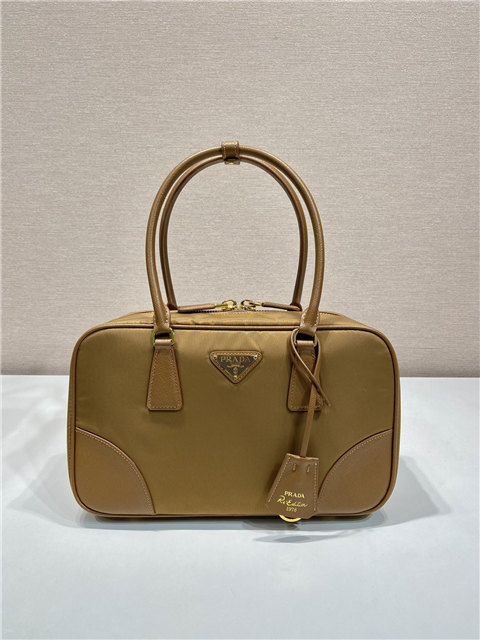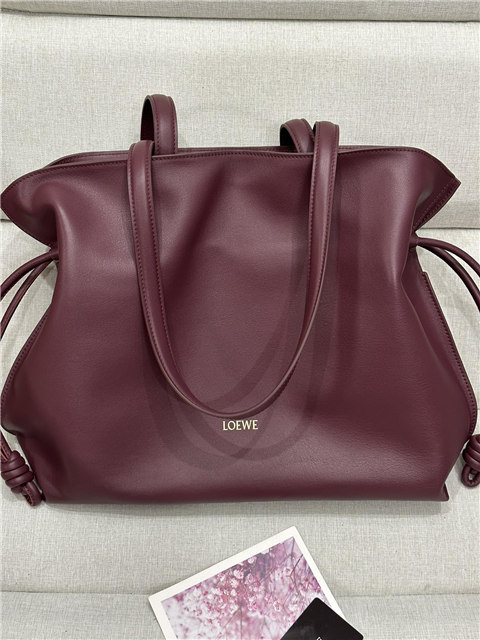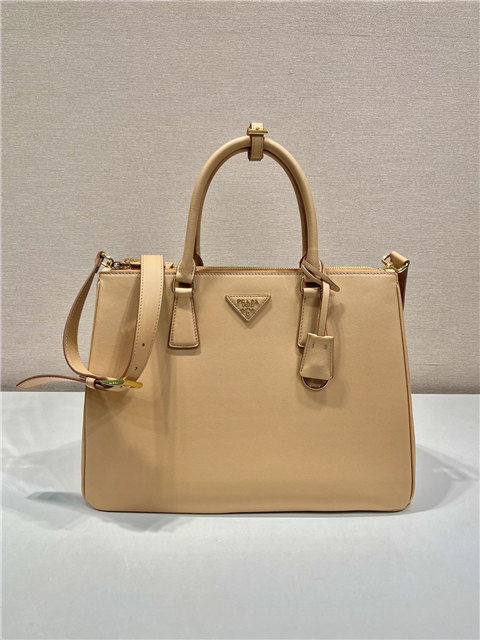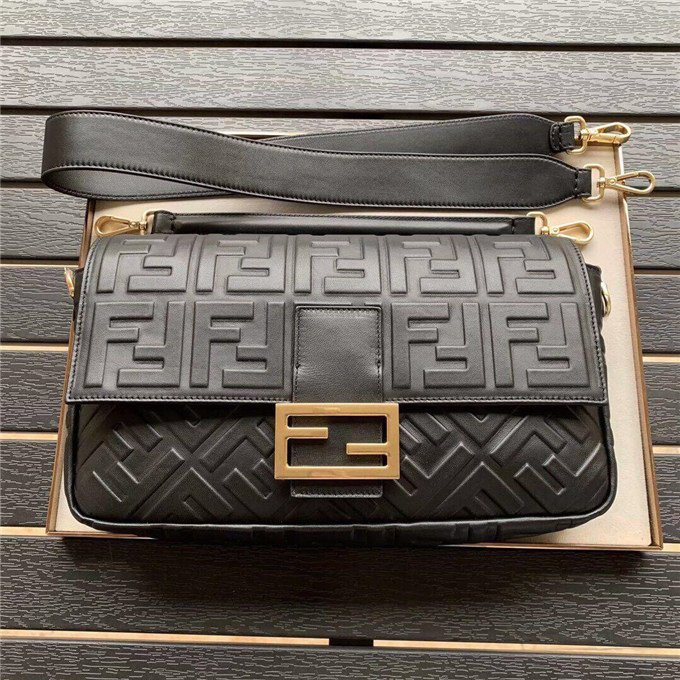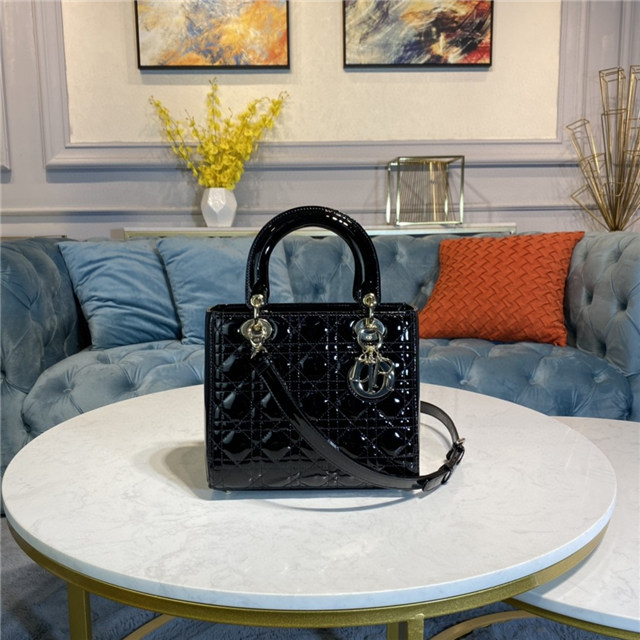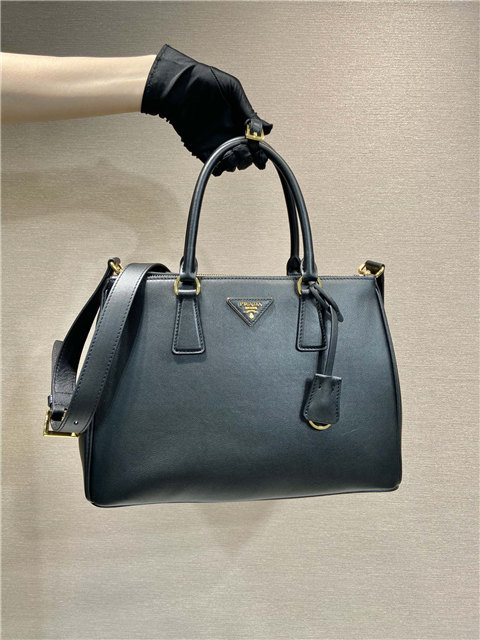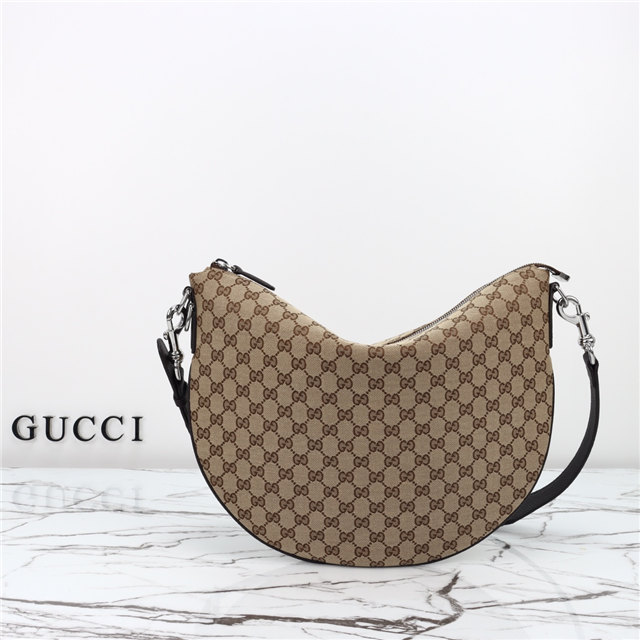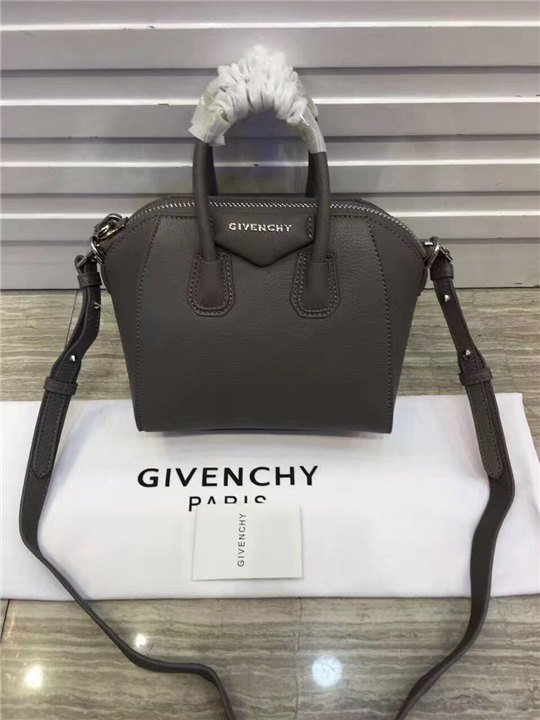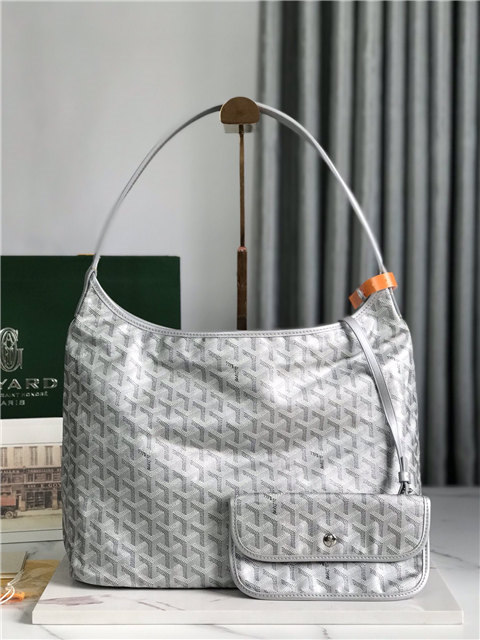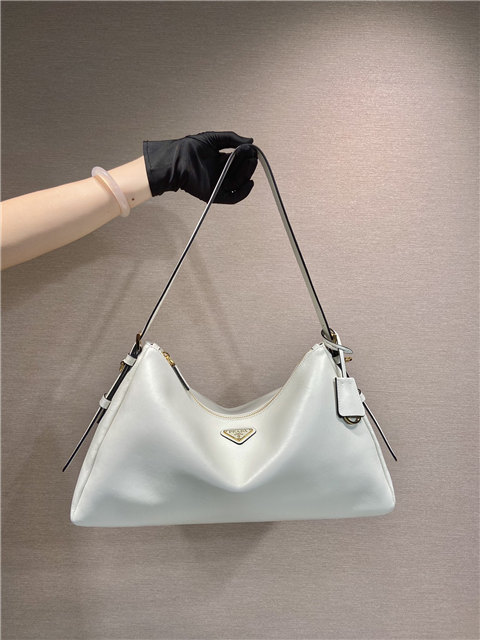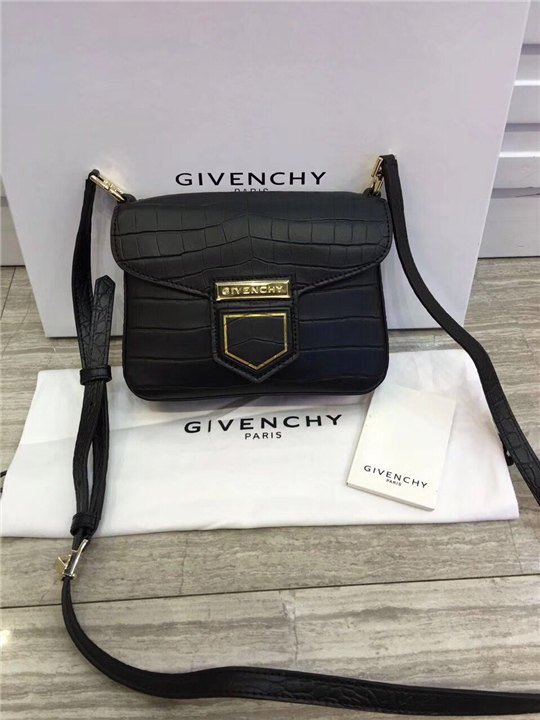First things first, ditch the idea that a serial number is gonna save you. Some articles say it’s key, others say nope! Hermes, unlike those show-off Louis Vuitton folks, doesn’t always slap a serial number on their belts like a badge of honor. It’s more about the vibes, y’know? Craftsmanship details are where it’s at. It’s all about the subtle stuff.
Okay, so what ARE those subtle things? Leather, baby, leather. This is Hermes we’re talking about! The real deal uses top-notch leather, the kind that feels buttery smooth and smells like… well, like a really expensive leather store. If it feels plasticky or smells weirdly chemical-y, run! Don’t walk, *run*! A real Hermes belt screams quality, and your nose should be able to tell the difference. Supple is the key word here, folks!
And speaking of the leather, authentic Hermes belts are usually double-sided. Different colours, different textures, the works. It’s like getting two belts for the price of… well, still a ridiculously high price, but you get the idea. A single-sided belt might just be a red flag.
Now, about that iconic H buckle. That’s where the magic (and the counterfeiting) really happens. I’ve seen some fakes that look *almost* convincing, but the devil’s in the details. Check the engraving on the buckle. Is it crisp and clean, or does it look kinda smudged and cheap? A real Hermes buckle is a work of art, not a blurry mess. Also, the weight matters. It’s gotta feel substantial, not like it’s made of tin foil.
Honestly? Trying to authenticate a Hermes belt can feel like playing detective. And sometimes, even the experts get fooled. My personal opinion? If the price seems too good to be true, it probably is. A real Hermes belt is an investment, and they ain’t giving ’em away. If you’re buying online, stick to reputable sellers. And if you can, take it to an actual Hermes store to get it checked out. Better safe than sorry, right?



